Red Ash Offering Plate
€ 60.00
Offering plates are often regarded as an essential to any house and tradition. This Mars inspired offering plate brings reverence, honor and joy certain to please the appetite of any veteran. Together with surikogi pestle, it becomes useful attribute for any altar or kitchen and a wonderful gift for any conjurer.
SKU
Red Ash Offering PlateTags:
18 k Gold, concrete incense burner, Concrete Mortar, herbal grinder, incense grinder, kitchen and altar utensils, Mars Accountrement, Mars Offering Plate, Mars Tools, metate, Onca Mortar, onca ritual offerings, Onca Vessels, Planetary Magic, Plantain Wood, Red Ash cement, shrine tool, Surikogi Pestle, Sycamore tree, Tejolote, witch altarOnça’s Vessels Collection of Alternative Care Products is to assist the healing process, support wellness, and stimulate growth. In a hands on approach, be proactive in ones own journey with health. Onça’s vessel series were handcrafted in east Berlin, Germany by Studio Jarow. The combined components were sourced and brought together in the making of kitchen and altar utensils. Inspired by the craftsmanship of indigenous folk, each piece was individually prepared in honor of their traditions, resembling simplicity, while considering material shape and dynamics. In addition to our Planetary Magic series, we have created singular vessels that complement divine workings with the planetary forces.
OFFERING PLATE + SURIKOGI PESTLE = MARS ACCOUTREMENT
BEST FOR: In tradition offering plates are used for any tobacco, nuts, herbs, fruit or small dishes to be served. The less obvious use of such trays can find good use on the altar space as it perfectly accommodates all needed ingredients for a ritual. Crushed resins, spice and salts can be arranged accordingly. The flat surface is perfect for holding incense, particularly backflow incense burners and cone incense. It can serve well as central pieces for the dining table.
COMPONENT DETAILS:
♦ The offering plate: Fluorescent orange color, sealed with lacquer cement plate. Side in red enamel lack with 18 k gold leaf. The bottom is fitted with fine Italian leather base. Concrete plate has size 24 Ø cm, height of 3 cm, weighting 1.5 kg.
♦ The pestle: Wooden pestle made from a Sycamore tree and leather strap, with length of 18 cm and width of 3 Ø cm. Designed to fit comfortably in the hand, the hard wood is resistant to wear and is beautifully finished to showcase the natural elements of the original tree.
THE PESTLE (Surikogi)
The pestle called “surikogi” is made of wood rather than clay and keeps the pestle from wearing down the ridges in the mortar. The traditional and less common pestle is made from the Japanese pepper tree (sansho) and the bark is left on the pestle. It is said that this pestle imparts a slight peppery flavor to the food it grinds. The Suribachi is originally from Southern China and was introduced to Japan between the eleventh and twelfth century. Prior to this time the common mortar was a stone implement. The tool was first used for preparing medicines, then later used for grinding flour and eventually for food preparation. The suribachi became an indispensable kitchen tool in the Japanese home.
E N E R G E T I C S
Mars Body
Archetypally, Mars embodies the manner in which we bring ideas, dreams, and desires into manifestation. The energy of Mars yields us the power of strength, courage and physical activity. Astrologers see Mars as a key element to one’s drive, agility and the nature of one’s physical energy.
Mars Herbs
By nature, the herbs of Mars are energetically yang and considered hot, energetic, and dry. They frequently cause an increase in energy or heat, even if only energetically. These herbs need to be used mindfully, as using them extensively can overthrow the adrenals for example, along with emotions.
“A classic herb, like Rue, is an aromatic and stimulant whose energizing qualities have been known to relieve nervous heart problems such as arrhythmia and palpitation. Rue also relieves colic, eliminates worms and can bring on menstruation.”
Mars Offerings
Mars’ color is red and his magical number association is 5. Upon his altar, Mars likes weapons and blades, a crude presentation and little fancy. For offerings, Mars appreciates colored liquors with a harsh reputation, such as whisky or tequila, or blood red wine. For incense, dragon’s blood and hot, quickening spices. Mars rules red coral and other red gemstones like garnet, and the metal iron, which is the property responsible for blood’s signature caste.
For planetary charity, donate time or money to funds for wounded soldiers or find ways to support wayward young men who have suffered violence, especially on Tuesdays and in the planetary hour of Mars.
Appropriate for the honoring of Mars & the Warrior Spirit. Here are some aspects to be considered for Astrological remedial practices.
♦ Mars is in his fall (Cancer)
♦ Mars is in his detriment (Taurus or Libra)
♦ Mars is retrograde (as previously mentioned)
♦ You are a day chart (Mars is of the night sect)
♦ Mars is in a particularly detrimental place in the chart (house or angle)
♦ Mars is the ruler of OR placed in a profected house or active time lord period
♦ Mars is facing challenging aspects to planets which do not benefit him, or who stifle his proper expression
♦ Mars is significantly placed in the chart, having a lot of responsibilities or rulership over the life, but especially if Mars is not ‘well endowed’
The energy of Mars can be used in solving issues with under or over expressed anger, lack of motivation or laziness, blood flow, metabolism, muscle strength, overall vitality, immune function, lack of physical activity, avoiding confrontation to a detrimental degree, being afraid of conflict. On the flip side, making conflict where there shouldn’t be, not being able to stand up for yourself or others, not knowing when a fight is worth having, not being willing to have those that are, also, the extreme opposite, fear of competition, or having a tendency to make non-competitive scenarios competitive, excessive defensiveness or aggression.
Altar Offerings
Traditionally, the altar should be placed in the center or northern quarter of the ritual circle. The left-hand side of the altar is generally considered feminine, while the right-hand side is considered masculine. In a perfect world, the items on each side should be aligned with these energies and the sides should be reasonably balanced. However, this isn’t often practical. The items on your altar can, and should, change depending on the purpose of the ritual and your personal preferences. One can place altar offerings to celebrate each pagan festival.
The Buddhist altar found in temples or homes are elaborately decorated wooden cabinets with doors that enclose and protect a religious image of the Buddha, Bodhisattvas or mandala. These are installed in the highest place of honor and centered. Sacred texts, relics and also contained in the different compartments of the altar. Other religious items such as candles, incense and offerings such as fruit and flowers are placed on shelf for meditation and observation of holy days.
Creating an ancestor altar that you regularly work with is a powerful ritual that powers spirit work. It is a great way to connect with your ancestors as well as yourself. Strengthening that bond with your ancestral army will help you stay not only grounded, but properly guided. Traditionally, what are some ways your culture venerates those who have gone before us? Are there certain motifs or items that represent your family? You can simply keep table cloth, water, images, food, fruit, candle and books that connect you to family and ancestors. You may want to include more personal family items to your ancestral shrine.
Offering Bowls
Tibetan offer water first thing in the morning along with Serkyem filled with tea or wine, Butter lamp and conclude with Incense offering. It is a way to make offering to Buddhas and Bodhisattvas in four direction.
It is a common practice in Zen to make food offerings to the hungry ghosts. During formal meals during sesshin, an offering bowl will be passed or brought to each person about to partake of the meal. Everyone takes a small piece of food from his bowl, touches it to the forehead, and places it in the offering bowl. The bowl is then ceremonially placed on the altar.
Hungry ghosts represent all of our greed and thirst and clinging, which bind us to our sorrows and disappointments. By giving away something that we crave, we unbind ourselves from our own clinging and neediness to think of others.
MORTAR & PESTLE
Mortar and pestle is a set of two simple tools used since the Stone Age to the present day to prepare ingredients or substances by crushing and grinding them into a fine paste or powder in the kitchen, laboratory, and pharmacy. The mortar is characteristically a bowl, typically made of hard wood, metal, ceramic, or hard stone such as granite. The pestle is a blunt, club-shaped object. The substance to be ground, which may be wet or dry, is placed in the mortar where the pestle is pounded, pressed, and rotated into the substance until the desired texture is achieved.
Mortar and pestle in culture and symbols
The antiquity of the mortar and pestle is well documented in early writing, such as the Egyptian Ebers Papyrus of ~1550 BC (the oldest preserved piece of medical literature) and the Old Testament (Numbers 11:8 and Proverbs 27:22). In Indian mythology, Samudra Manthan from Bhagavata Purana creates amrita, the nectar of immortality, by churning the ocean with a pestle.
Since medieval times, mortars would be placed or carved on the gravestones of pharmacists and doctors. Modern pharmacies, especially in Germany, still use mortars and pestles as logos In Russian and Eastern European folklore, Baba Yaga is described and pictured as flying through the forest standing inside a large wooden mortar (stupa), holding the long wooden pestle in one hand to remove obstacles in front of her, and using the broom in her other hand to sweep and remove her traces behind her. This seems as a trace of some ancient rituals connecting the witch symbols of Baba Yaga with the use of mortars in alchemy, pharmacy and early chemistry, which was all seen as magic by uneducated people in Medieval Ages.
+++ DISCLAIMER +++
Jarow for Onça Vessel series are reclaimed, recycled and repurposed.
++++++++++++ LEGAL STUFF +++++++++++++
No liability will be assumed by OnçaRitualOfferings for any claims arising out of the misuse or otherwise of these items or any other product sold or made by OnçaRitualOfferings.
OnçaRitualOfferings products and statements have not been evaluated by the FDA. These products are not intended to diagnose, treat, cure, or prevent any disease. Nor is it intended to prescribe in any way.
| Weight | 1.6 kg |
|---|---|
| Dimensions | 24 × 3 cm |
| Bottle Size | 50 ml, 100 ml |
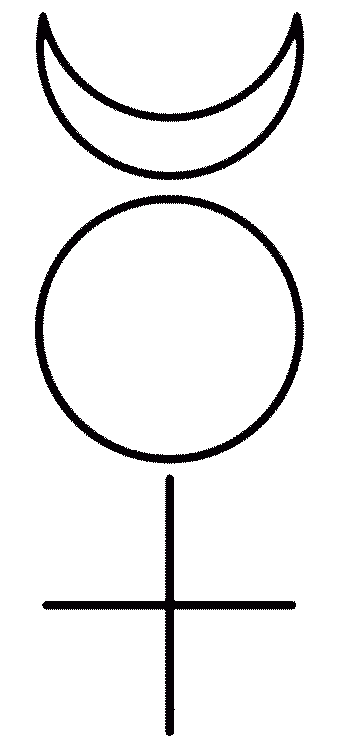
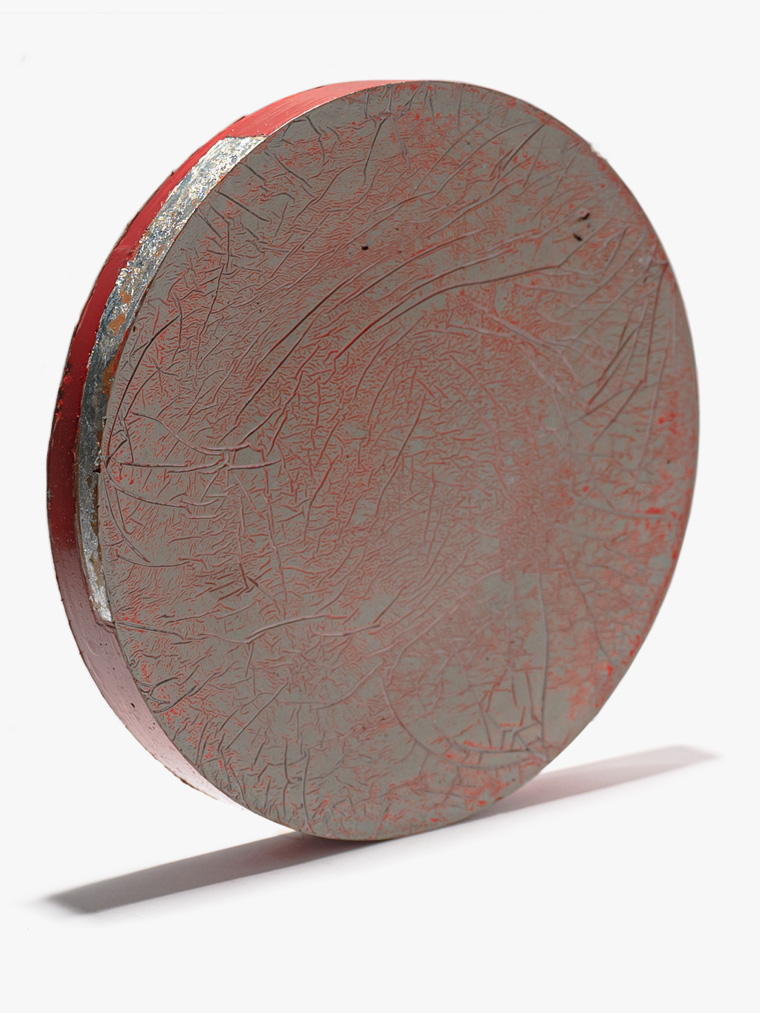
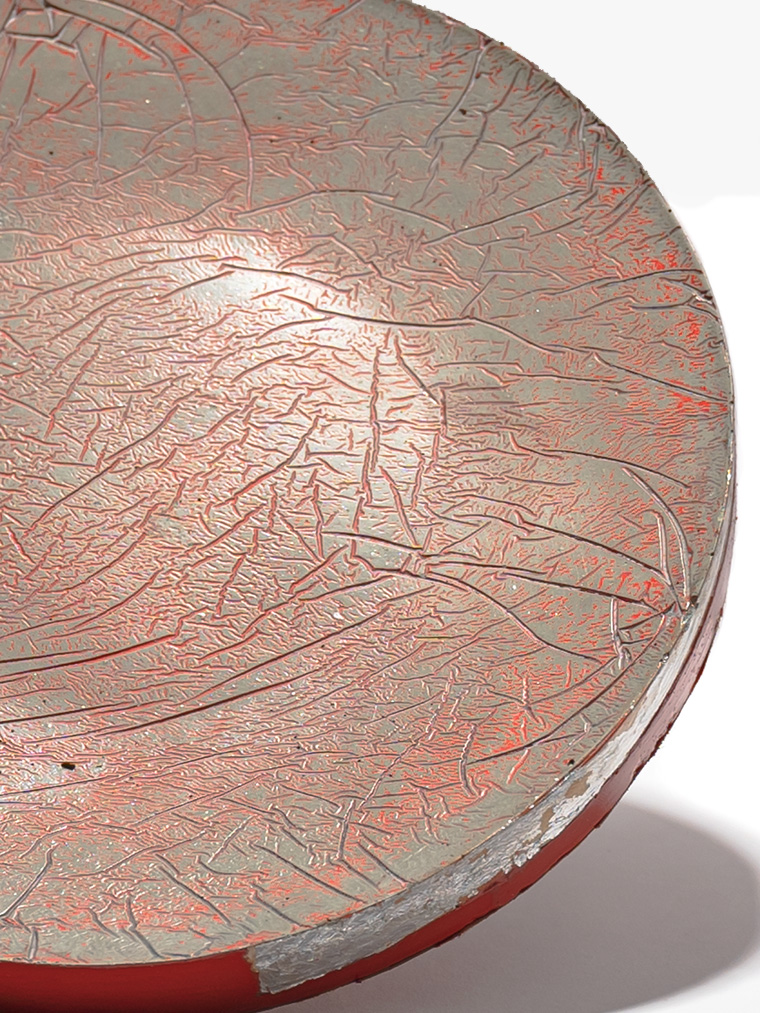
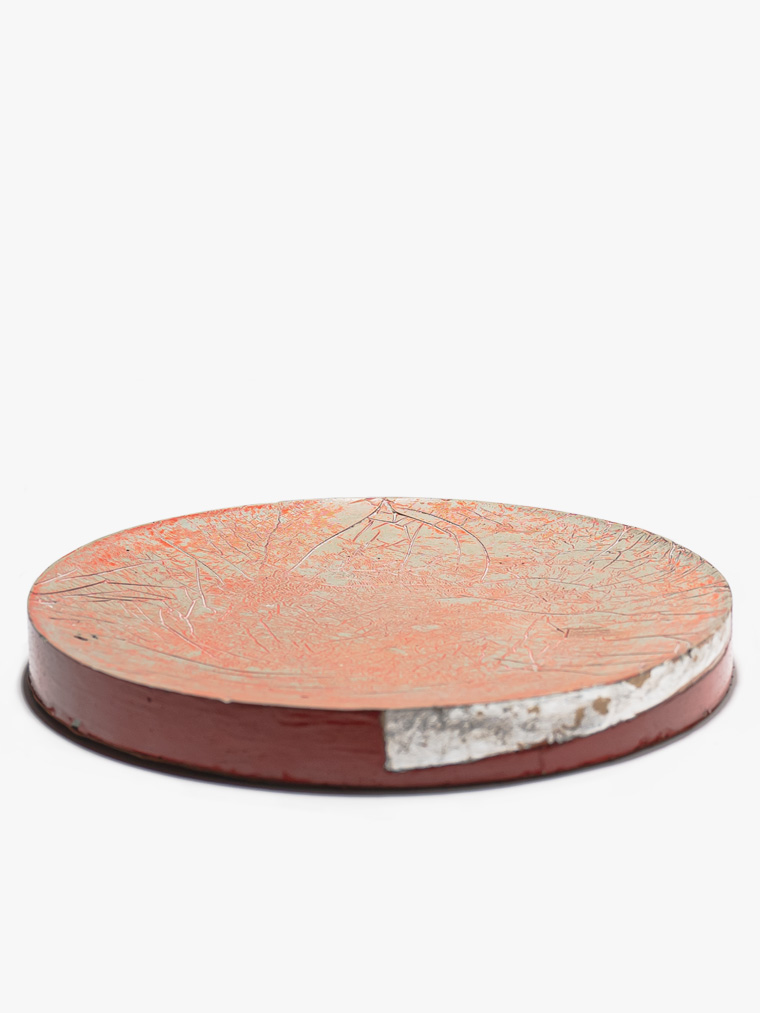
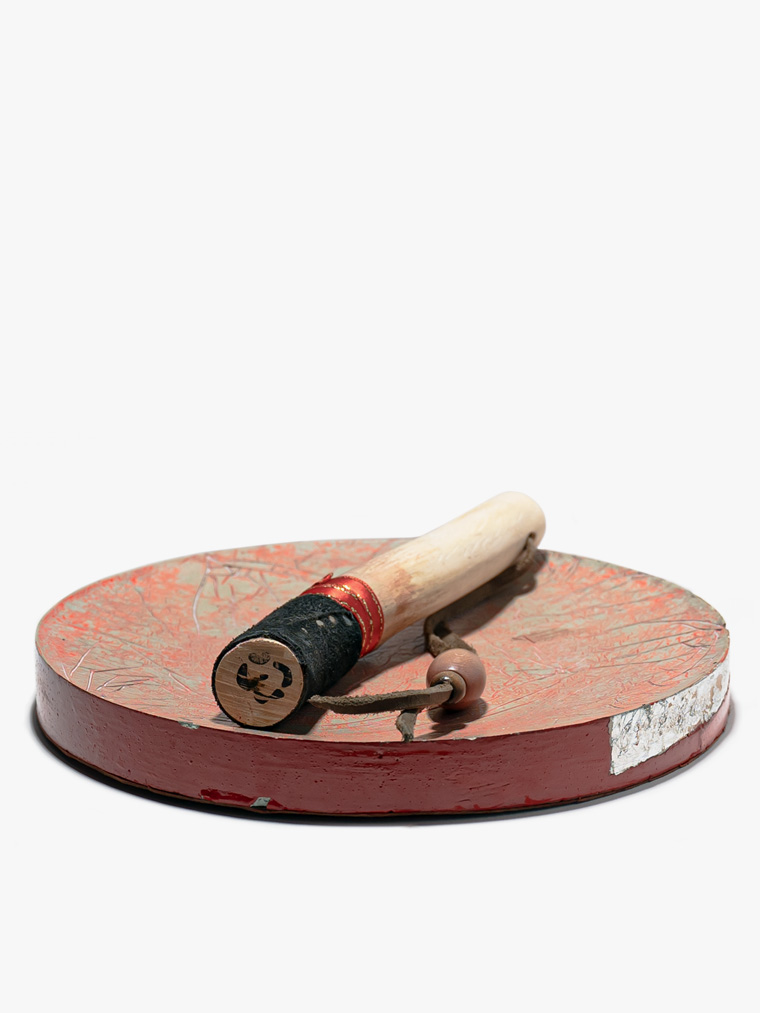
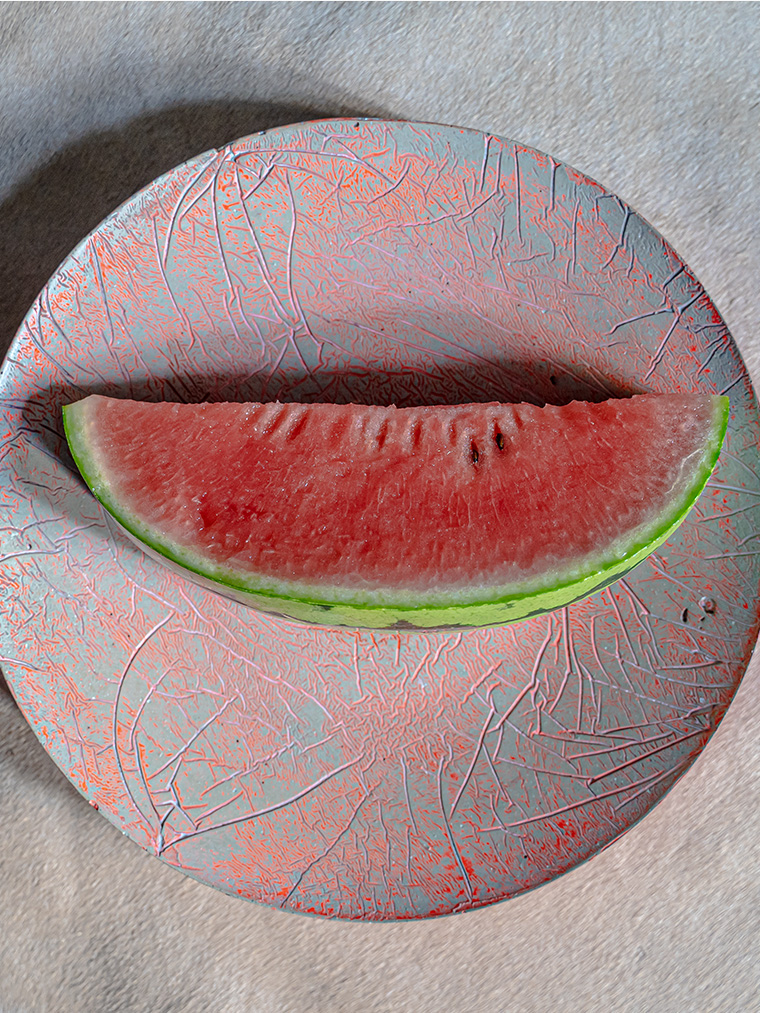
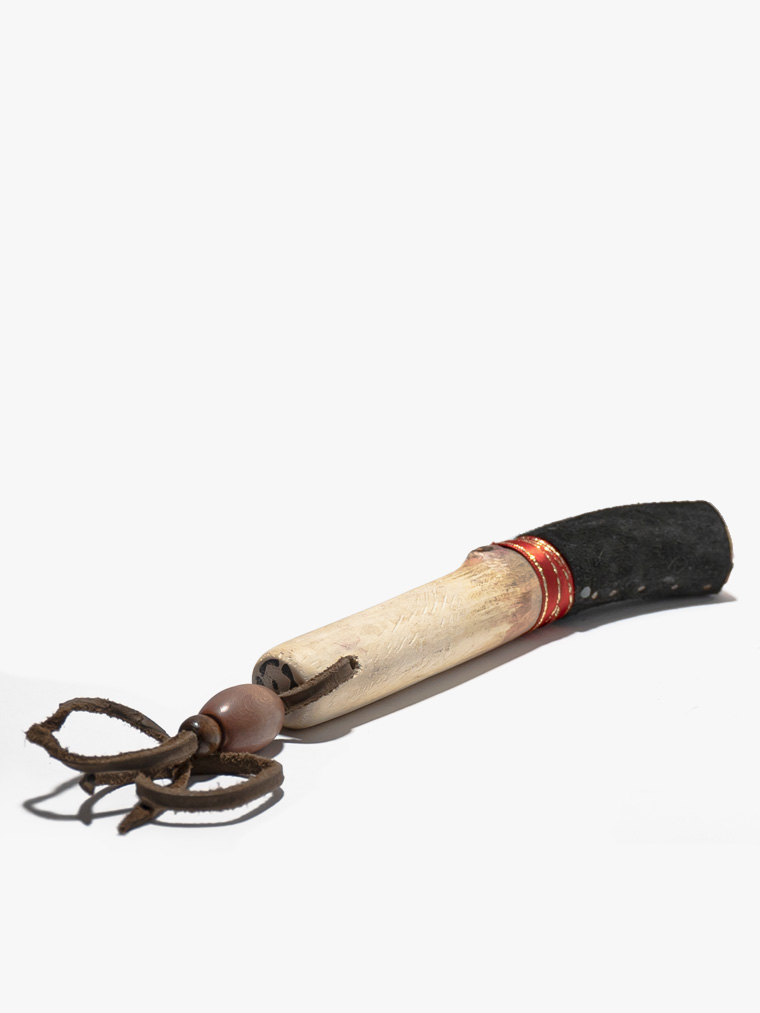
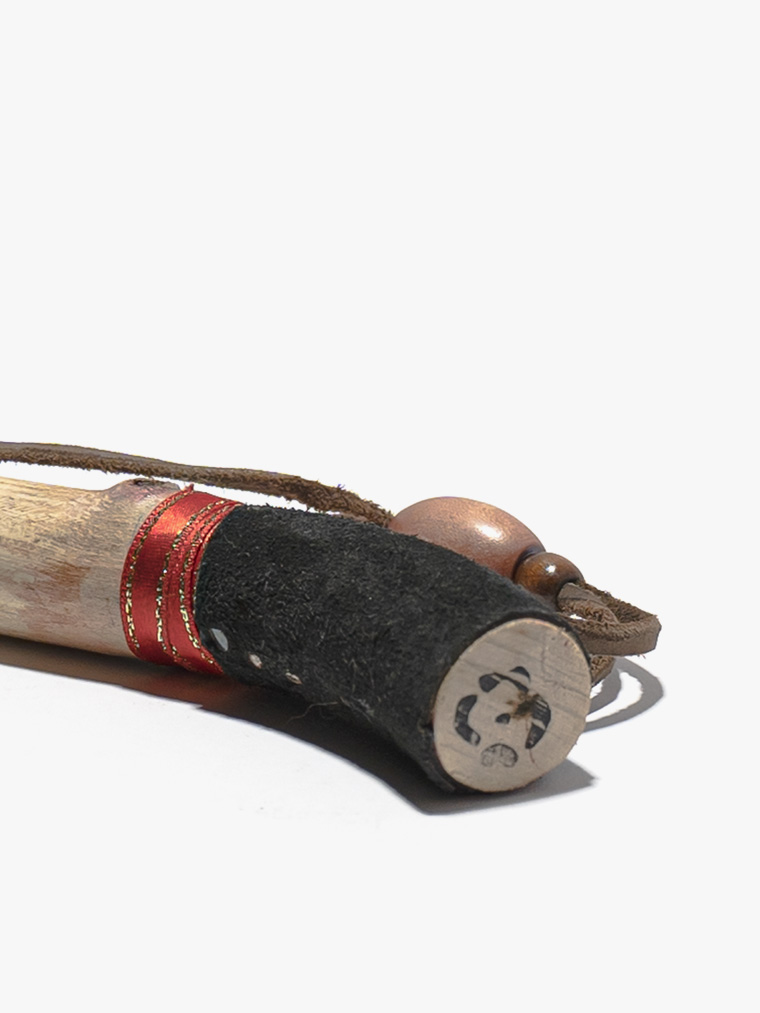
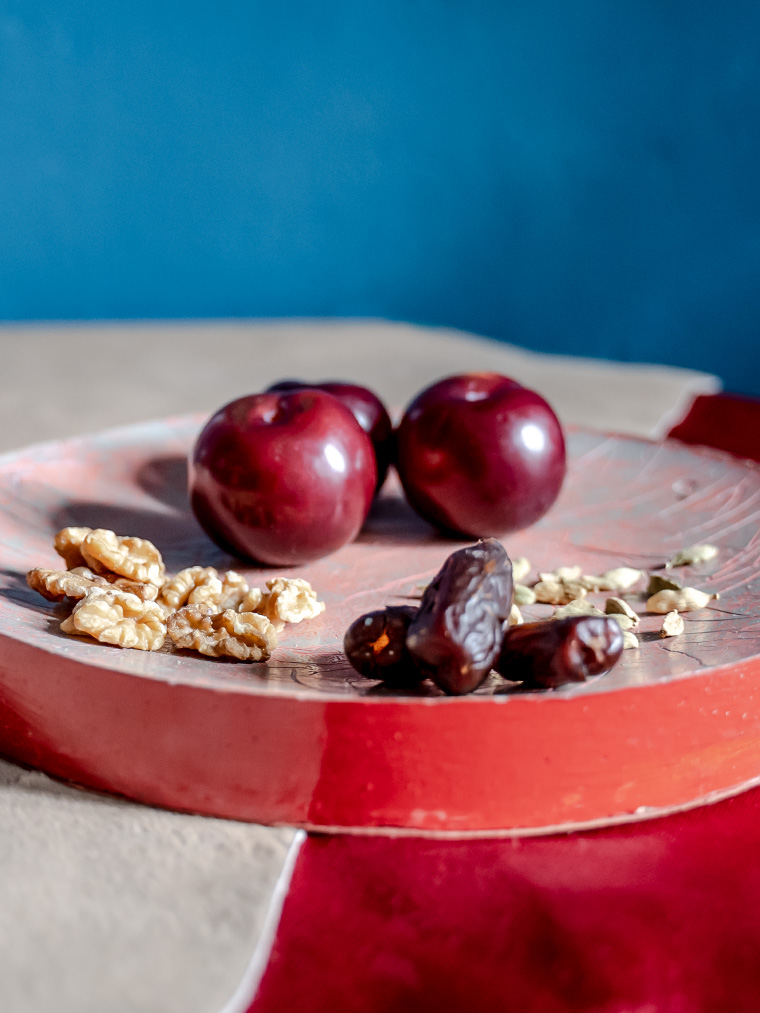
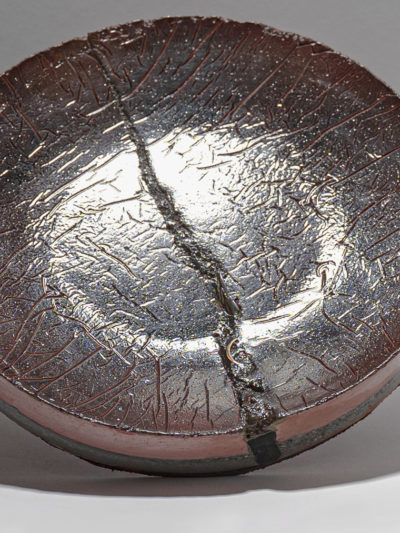
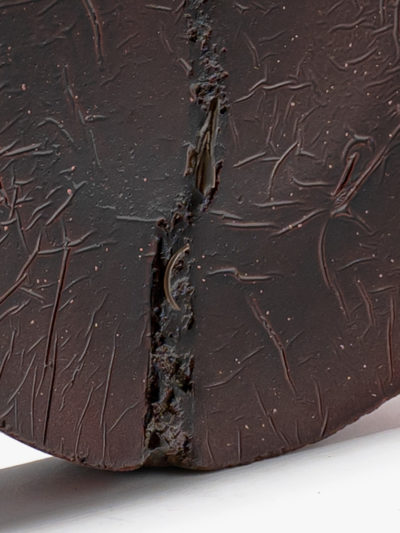
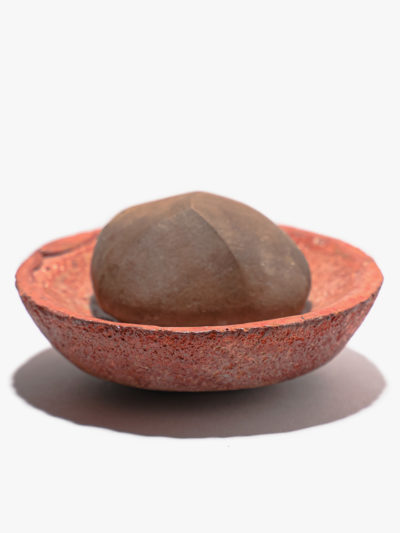
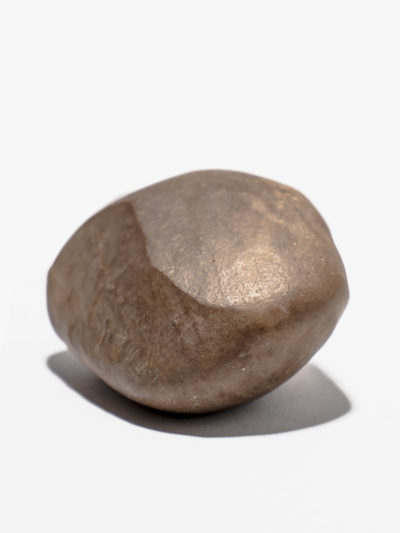
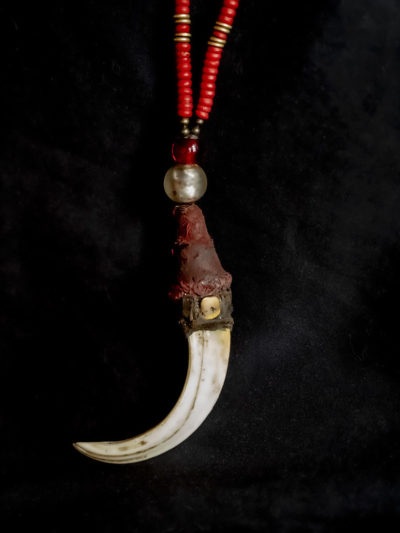
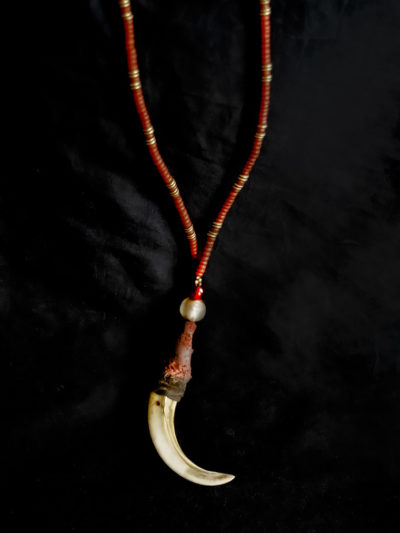
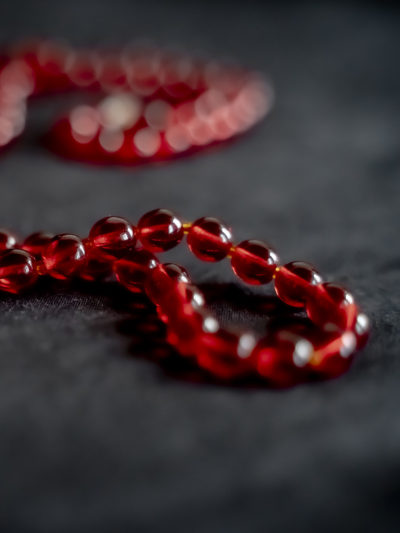
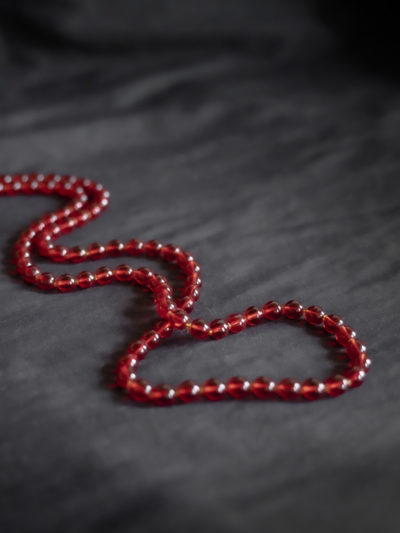
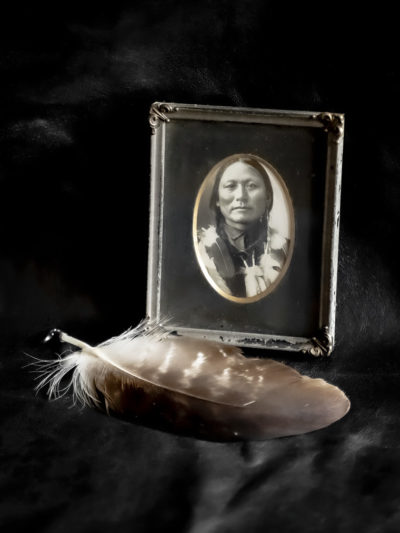
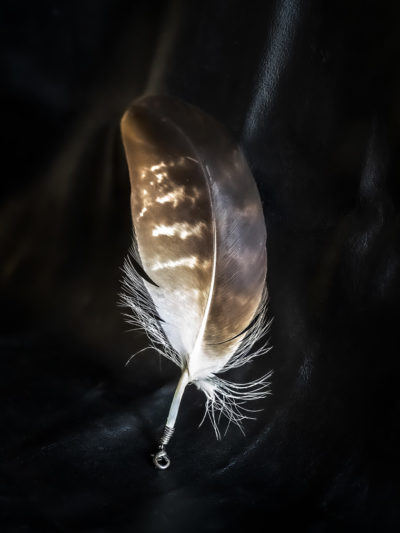
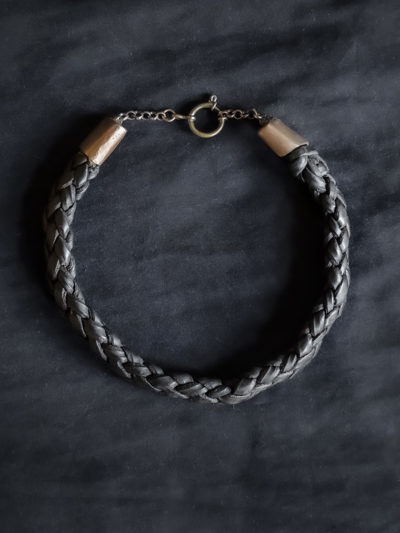
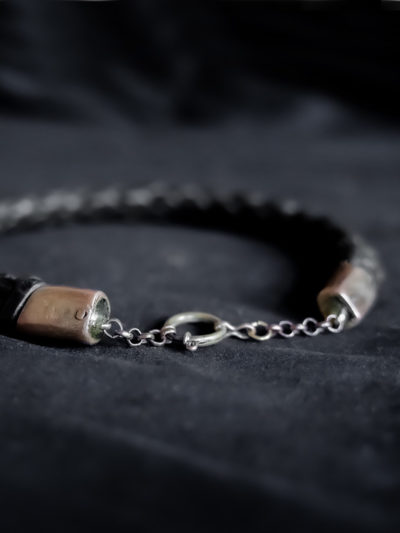

Reviews
There are no reviews yet.